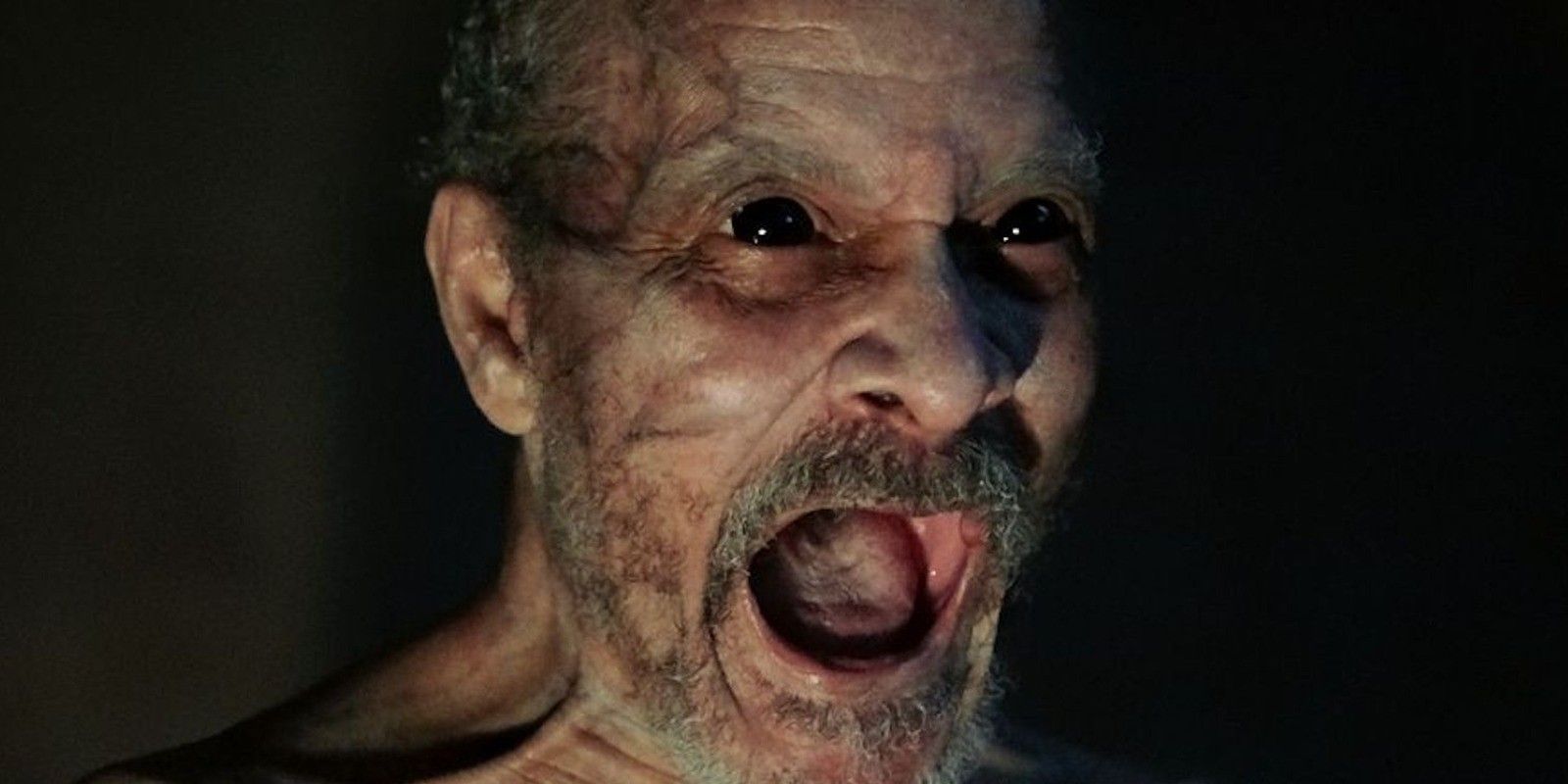The horror films released by A24 have become must-see viewing in recent years. The studio has many well-made modern classics under its belt, including The Witch, Hereditary, Midsommar, The X Trilogy, and Bodies, Bodies, Bodies. Any horror fan looking for a refined, yet terrifying movie turns to A24. Most fans of the genre have seen the aforementioned films. Those looking for something new but just as good won’t be disappointed by the quiet folk horror It Comes at Night. Released in 2017, the movie follows a family who live in isolation in a world ravaged by a contagious disease. Paul (Joel Edgerton), the family patriarch, will stop at nothing to keep his wife, Sarah (Carmen Ejogo), and his teenage son, Travis (Kelvin Harrison Jr.), safe. He faces a moral quandary, however, when a family comes to his home seeking refuge from the disease-ridden world.
It Comes at Night is a rare horror movie. It has a quiet approach and slow pacing, allowing the reality of the situation to provide terror rather than any concrete monsters or killers. Think of A Quiet Place but without the noise-seeking aliens. It Comes at Night was released three years before the COVID-19 pandemic elicited worldwide panic and caused everyone to go into quarantine, so it feels eerily timestamped. That coincidence, combined with the suffocating darkness and melancholy of the story, makes this underrated A24 film one of the scariest films released in recent memory.
It Comes at Night Finds Horror Is a Beautifully Made Horror Film
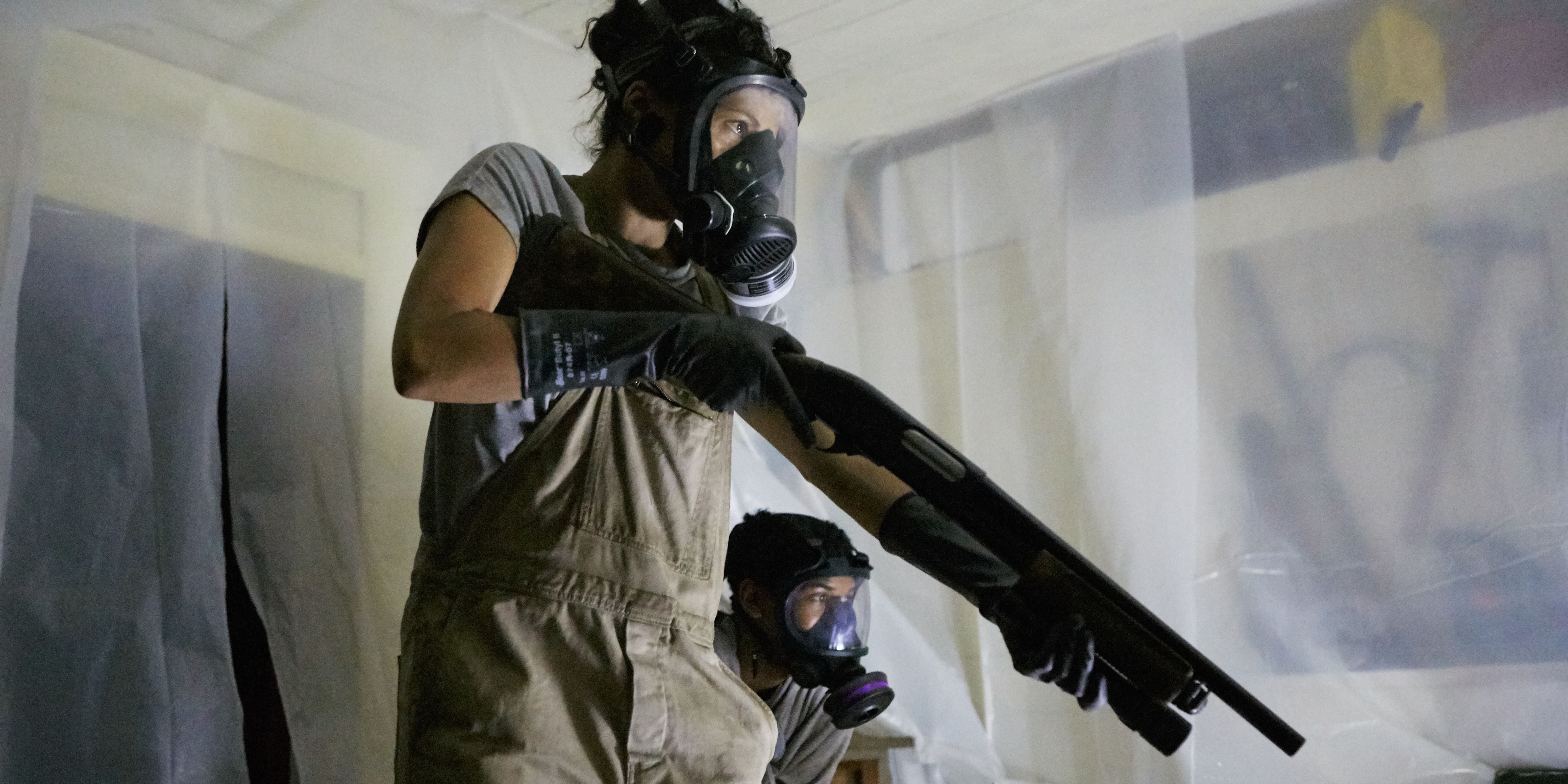
Image via A24
Many horror movies have an obvious antagonist at their center. In the Halloween franchise, it’s the masked madman known as Michael Myers. Strange weather is the bad guy in The Mist, a sea creature ravages the criminal crew of a vessel in Deep Rising, and vengeful ghosts are out for blood in The Grudge. It’s impressive when a horror film can manage to be scary without any of that, which is the case for It Comes at Night.
The horror in the film is found in the pervasive use of darkness, top-notch performances, and stellar sound design. Viewers constantly hear the ambient noise of crickets from the surrounding woods and other mundane noises that feel off-putting because of the boilerplate tension from the music. For instance, in one scene, Travis shines a flashlight into the pitch blackness of the trees as a shrill dog bark periodically punctuates the silence. He leaves behind his lantern and walks into the woods with a shotgun. The audience sees nothing but his face as the sound of the dog whining and yelping is heard in tandem with beastly growls.
Luckily for Travis, this turns out to be a nightmare, but it’s a good example of what makes It Comes at Night so scary. The horror comes from what the audience is imagining rather than a singular monster or killer. The writer/director of the film, Trey Edward Shults, expertly uses every element of filmmaking to make the audience feel uneasy. A zoom-in on an anxious face or the camera moving away from the trees, making them feel like they’re approaching, is enough to cause chills without even seeing anything. The camera in the film almost feels like the monster in the film.
Another notable element of It Comes at Night is the overarching theme of societal mistrust. Paul tells Travis that when he meets the new neighbors, Will (Christopher Abbott) and Kim (Riley Keough), they are as nice as they may seem, but the only people he can really trust are his family. Right out of the gate, Paul is reluctant to take this family in, and so it seems like he’s just waiting for them to wrong him. For this reason, he immediately accuses Will of being behind two strangers ambushing him in the woods, presumably in an attempt to get supplies.
At the end of It Comes at Night, the viewer is left asking themselves whether there actually was a threat in the first place. Was Paul hiding his family more out of paranoia than actual safety? Did Will set up the ambush? Was there something lurking in the woods? None of these questions gets a satisfying answer, and not knowing that is the most frightening.
Most of the Scares Are Found in the Quietest Moments
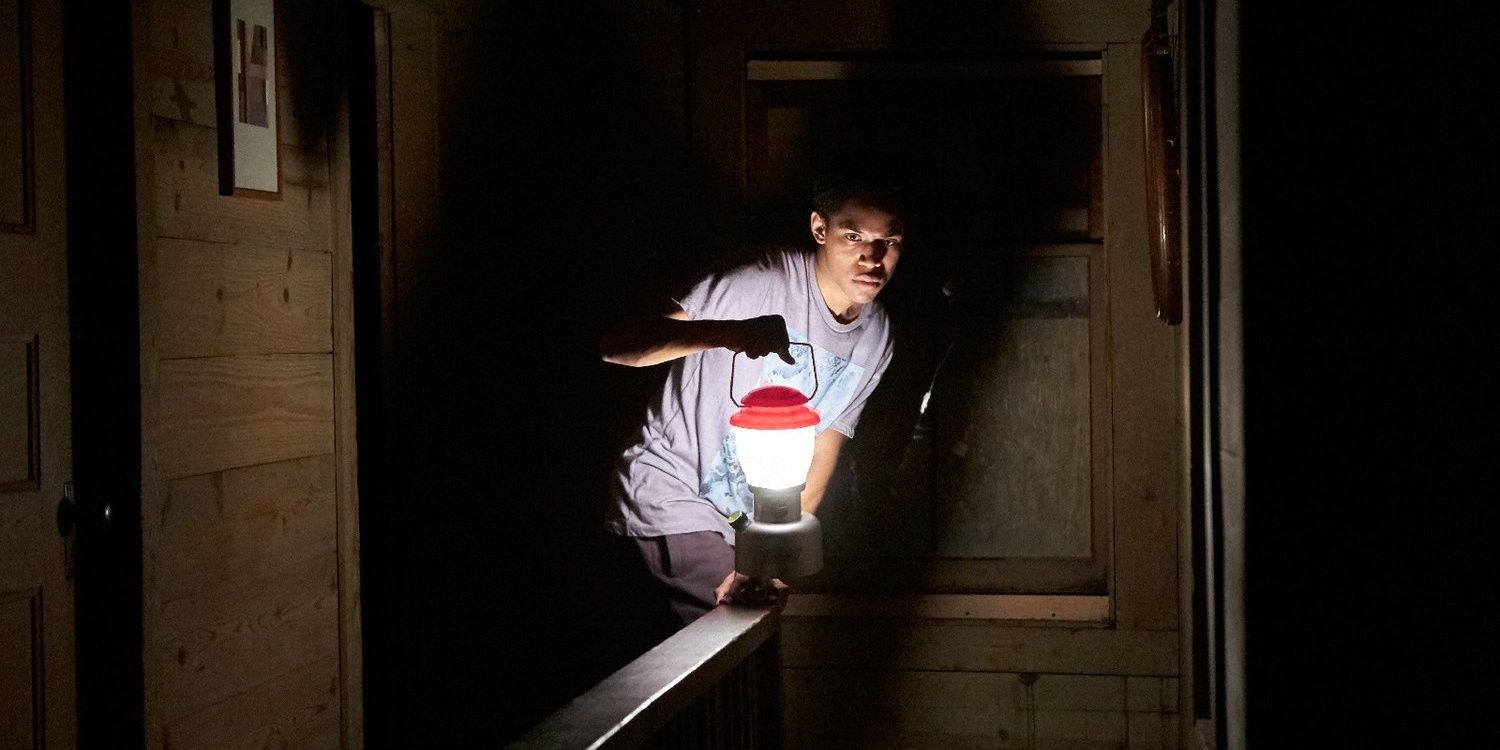
Image via A24.
It Comes at Night is a unique film. It doesn’t rely on its narrative or plot beats to tell the story. Most of the scares are found in the quieter moments of the film. The tense silence between Paul and Will when they are speaking at the beginning of the movie feels palpable. Viewers are waiting for something violent or brutal to happen.
The viewer is left to choose sides between Paul and Will. There’s really no clear indication of who is the good guy and who is the bad guy. Both characters are suspicious of one another in a world totally devoid of humanity. They are trying to do what is best for their families, even if it is at the expense of their fellow man. This scenario, one that feels totally plausible, is what makes It Comes at Night such a jarring horror film.
A large majority of the 91-minute runtime is spent waiting for something to happen. However, through the gradual buildup of tension, it’s evident that something will happen, but it’s hard to predict exactly what. Even a normal moment in the film, such as the family eating dinner at the table, adds to the growing sense of panic. There seems to be some kind of danger lurking in the woods, the titular “it” that promises to come when the sun goes down.
At the end of the movie, Paul and Sarah wear protective masks and gloves to confront Will and his family, whom they believe to be sick. They intend to kill them since the virus is highly contagious. Will doesn’t go down without a fight, but he’s shot and killed before he can overpower Paul.
Love for thy neighbor doesn’t exist in this film. The sad reality is that viewers are unsure whether Paul was justified in being suspicious of Will and his family. It is unclear whether they were sick or if Paul believed it to be the case due to his paranoia. The resolution to It Comes at Night leaves the audience with a cold, unpleasant feeling. There’s no hope in the world created by the film.
Critics Were Mostly Impressed By the Underrated A24 Film
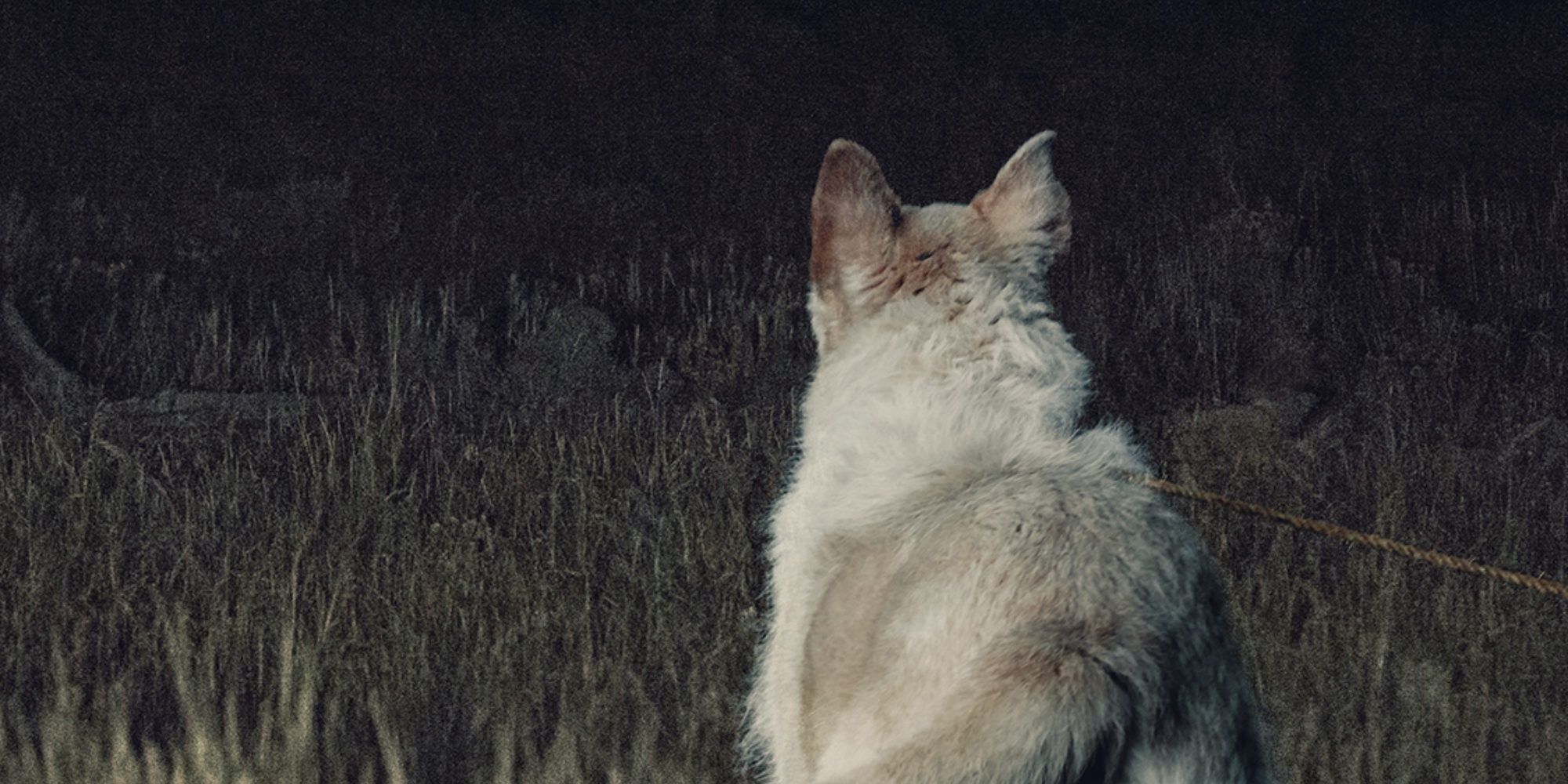
Image via A24.
It may seem like hyperbole to call It Comes at Night one of the best horror films of the century, but there are many critics who would back up that statement. Reviews for the film are overwhelmingly positive, with an impressive 88% fresh rating on Rotten Tomatoes, a 6.1/10 on IMDb, and a 78 on Metacritic.
David Sims, a writer for The Atlantic, may have put it best:
[It Comes at Night is] a fairly straightforward post-apocalyptic story, tightly focused on human torment, but suffused with surprising, undeniably atmospheric sights and sounds.
Be forewarned: It Comes at Night is a polarizing horror movie. Some responded positively to the gradual building of tension, the slower pace, the lack of forward momentum in the narrative, and the “atmospheric sights and sounds” that David Sims mentioned in his review. Others found the film bleak and, frankly, kind of boring. The movie has a dismal average “D” score from an A+ to F scale on CinemaScore.
Personal feelings aside, it’s hard not to appreciate the camerawork, lighting, and performances in It Comes at Night. Trey Edward Shults had a unique vision, and the end result is one of the most intriguing and unique horror films, if not of the century, then at least produced by A24.
It Comes at Night is about the feeling that it provokes while watching. It deals with a scenario that tests what it means to be a human, and it presents a case where the definition is rather bleak. Paul is immediately skeptical of Will and his entire family in the film. He is not inclined to extend a helping hand and give them the benefit of the doubt. The question is if he’s acting in the interest of “survival of the fittest,” or if the circumstances of the virus have caused him to turn his back on his neighbor. In a world where a pandemic was real, this conundrum eerily hit close to home. Revisiting the film today is more difficult than it was in 2017 for that reason.
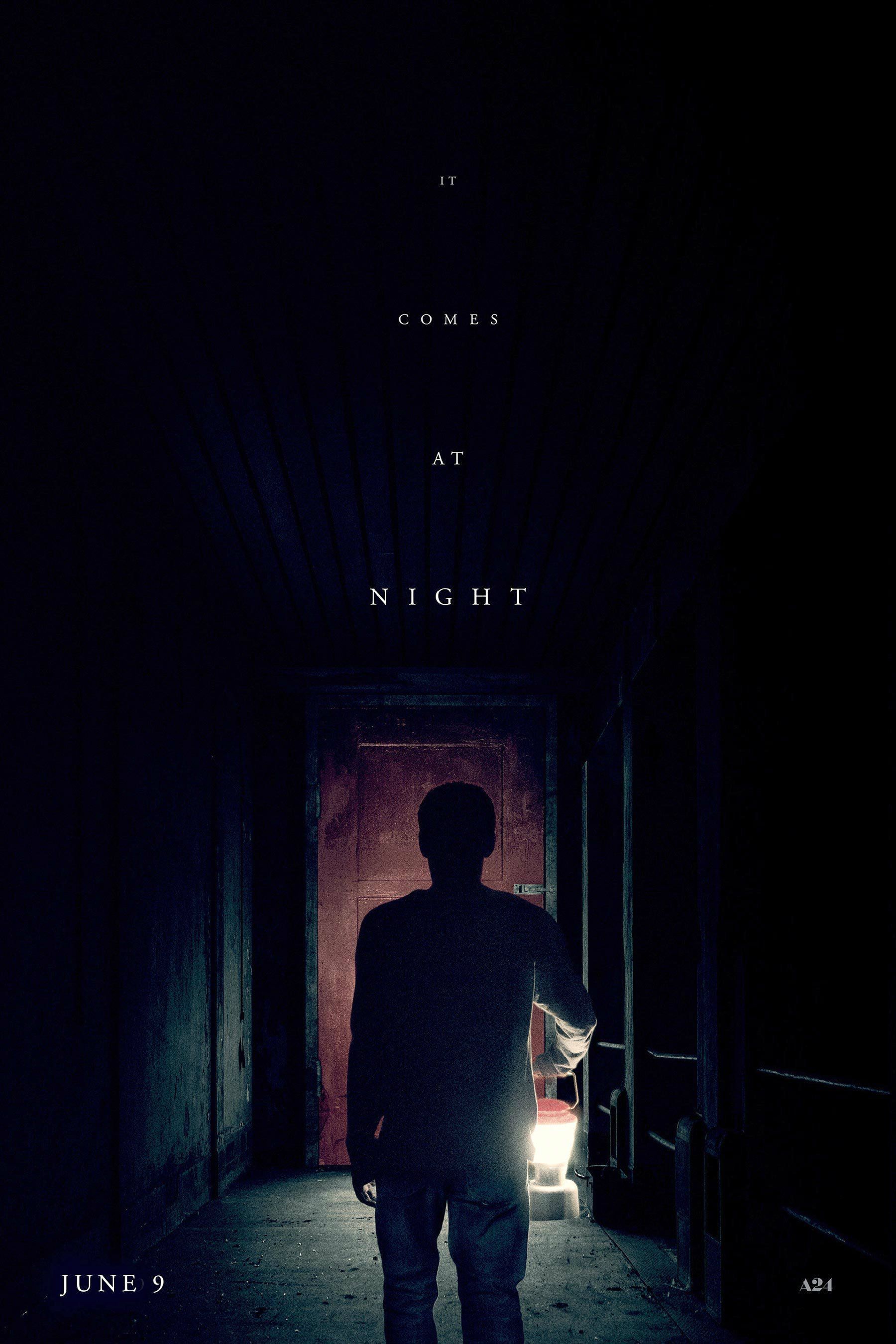
- Release Date
-
June 9, 2017
- Runtime
-
97minutes
- Director
-
Trey Edward Shults
- Writers
-
Trey Edward Shults
